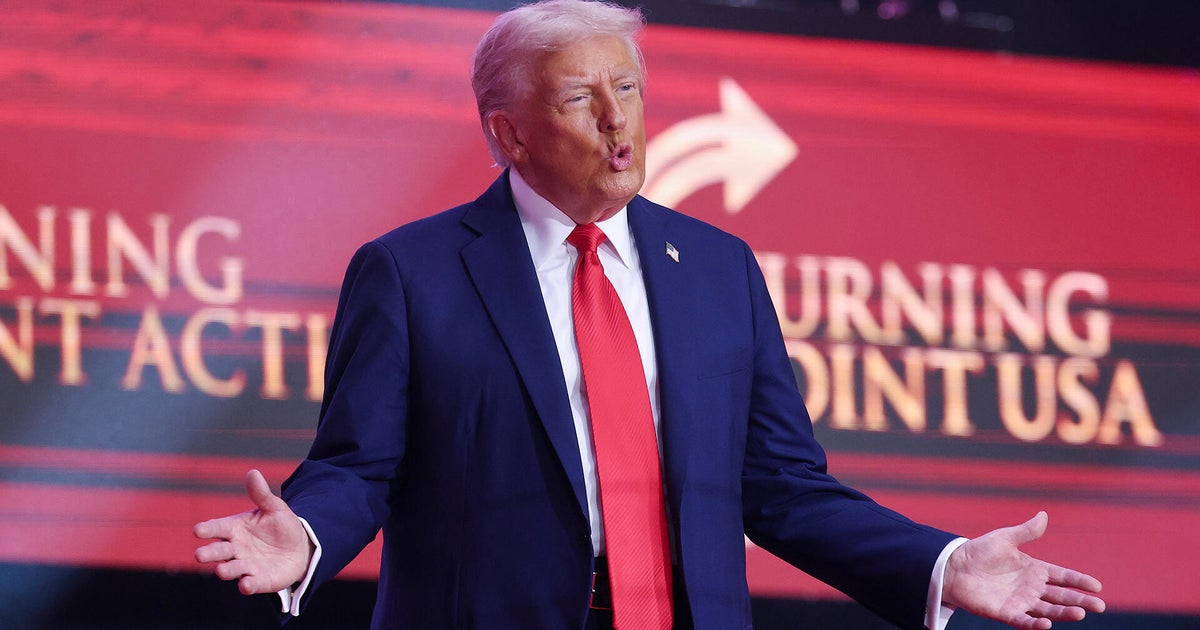
Around 600 dedicated workers at the Centers for Disease Control and Prevention (CDC) were abruptly terminated over a weekend, a chilling manifestation of the Trump Administration’s relentless campaign to dismantle the federal workforce during a government shutdown. This latest round of layoffs exemplifies a troubling trend of prioritizing budget cuts over public health, raising urgent questions about the future of our nation’s health security.
The chaos surrounding these firings is as alarming as it is revealing. On Friday, over 1,300 CDC employees received notices of termination, many unaware that their jobs were at risk due to the ongoing shutdown. The lack of foresight and communication from the Office of Management and Budget, helmed by Russell Vought, speaks volumes about the administration’s disregard for the welfare of public servants. Notably, after a whirlwind of confusion, approximately 700 employees received last-minute emails rescinding their termination notices, a clear indication of a system plagued by disarray and negligence.
One of those affected, Aryn Melton Backus, a health communication specialist, found herself caught in this bureaucratic whirlwind for the third time in a year. “We have no idea why certain programs were eliminated and others were saved,” she lamented. Her experience encapsulates the opaque decision-making processes that have become the hallmark of this administration. The chaos and lack of transparency are not just procedural missteps; they are symptomatic of a broader, systemic failure that prioritizes political expediency over the health of the nation.
In a concerning twist, the Department of Health and Human Services (HHS) attributed these erratic firings to “data discrepancies and processing errors.” This bureaucratic scapegoating fails to address the human cost of such decisions and underscores a disturbing pattern of accountability avoidance. By framing layoffs as mere administrative errors, the administration sidesteps the profound implications these cuts have on public health infrastructure.
The fallout from these firings is far-reaching. The terminated staff included experts and support personnel who play critical roles in health statistics, chronic disease management, and even mental health support following traumatic incidents within the CDC. The elimination of the CDC’s Washington office is particularly egregious, severing a vital link between the agency and Congress, which has historically relied on the CDC for data and expertise. As Dr. John Brooks, a former chief medical officer at the CDC, aptly stated, these cuts render Congress unable to access the information it needs to address public health crises effectively.
The cumulative impact of these layoffs is staggering. Since January, the CDC has lost around 3,000 employees — a quarter of its workforce. This attrition is not just a number; it represents the erosion of public health capacity at a time when the nation needs it most. The cuts are a direct assault on the institutional knowledge and experience that keep our public health systems robust and responsive.
As state and local health departments grapple with rising health challenges, including outbreaks of infectious diseases, they have traditionally turned to the CDC for guidance and support. The ramifications of the CDC’s workforce reductions are already evident. Dr. Karen Remley, a former CDC official, articulated the chilling reality: “Now, there’s nobody to answer the phone.” The implications of such a vacuum in public health support could be catastrophic, especially as the nation faces new and emerging health threats.
The administration’s characterization of the federal health infrastructure as a “bloated bureaucracy” is not just misleading; it is a dangerous simplification that undermines the complex, interdependent systems necessary for effective public health response. In a time of crisis, the CDC should be fortified, not diminished. The cuts are a reckless gamble with the safety and wellbeing of Americans, stripping agencies of the resources they need to protect public health.
The national federal workers union has rightfully challenged the legality of these layoffs, calling them a “callous attack on hardworking Americans.” The devaluation of public health workers speaks to a broader societal failure to recognize the essential role they play in safeguarding our communities. As we witness the dismantling of the CDC, we must confront the stark truth: these actions are not merely administrative; they threaten the very foundation of our public health infrastructure.
In conclusion, the recent job cuts at the CDC are not an isolated incident but a reflection of a systemic crisis in how we value and support public health in this country. As we navigate the complexities of modern health challenges, it is imperative that we hold our leaders accountable for the consequences of their decisions. The erosion of public health capacity is a matter of life and death, and we must demand a future that prioritizes health equity, transparency, and robust support for those dedicated to protecting our communities.
This article highlights the importance of Expose Systemic Crisis.


